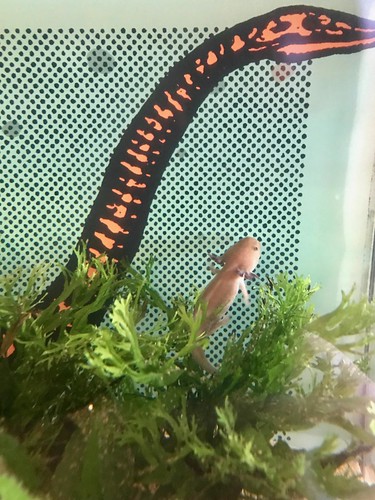Ibody was applied at a dilution of 1 : 1000 in blocking buffer and incubated overnight at 4 followed by a 2-h incubation with HRP-labelled anti-mouse IgG antibody at a dilution of 1 : 2500 in blocking buffer. For IgE measurement, anti-human IgE-HRP was applied at a dilution of 1 : 1000 in blocking buffer for two h at room temperature. For detection, ABTS was utilized at a concentration of 1 mgml in phosphate-buffered citrate (70 mM) and 0.1 llml H2O2 (30 ) was added. Plates had been read at 405 nm PubMed ID:http://www.ncbi.nlm.nih.gov/pubmed/21324630 (Victor3; PerkinElmer). Antibody levels correspond to OD values, which represent signifies of triplicate determinations SD. Statistical evaluation Correlation involving distinctive data sets was calculated making use of Spearman’s q coefficient. Analyses had been performed working with SPSS software program (version 20.0; IBM, New York, NY, USA).Final results In allergic individuals, B and T cells respond to a distinctive extent to allergen stimulation as measured using a CFSE dilution-based assay As exemplified in Fig. S2A, T cells from birch- and grass-pollen-allergic sufferers (7, Table S1) proliferated in response to Bet v 1 and Phl p five following 7 days and had been identified by good staining for anti-CD3 and low CFSE staining. Commonly applied protocols for 3H-thymidine incorporation measure proliferation in PBMC cultures on days six following stimulation (202). To study no matter if this will be also a suitable time point for measurement of proliferation by CFSE, we stimulated PBMCs for NAN-190 (hydrobromide) web different periods (three, 5 and 7 days) and assessed proliferation by CFSE staining and 3Hthymidine incorporation (Fig. S2B). This experiment yielded comparable outcomes when performed in two individuals [3 (Fig. S2B) and 7 (data not shown)]. Very best proliferation using the CFSE dilution assay was observed on day 7 but not on day three and on day 5 with each allergens at every with the tested concentrations. Consequently, day 7 was defined because the optimal time point for the measurement of proliferation in PBMCs upon allergen challenge by CFSE. We measured T-cell proliferation by CFSE dilution assay in nine allergic sufferers to confirm the reliability of your test for the measurement of T-cell proliferation in response to allergens. In these patients, proliferation was also performed applying 3H-thymidine incorporation as a regular readout of proliferation. CFSE-labelled PBMCs were stimulated with Bet v 1 and Phl p 5 at concentrations of 0.5, 5 or 25 lgml. We observed proliferation using the CFSE dilution assay with all 3 concentrations; however, the highest percentage of proliferation was observed utilizing 5 lgml in the respective allergens (Bet v 1 Fig. 1 and Phl p five Fig. S3A). When proliferation was measured by 3H-thymidine incorporation, highest stimulation indices have been observed using the highest concentration of allergen (i.e. 25 lgml). Within the next step, we were interested to establish no matter if allergen  stimulation can induce proliferation also in immune cells apart from T cells present in PBMC cultures of allergic patients. For this goal, we stimulated CFSE-labelled PBMC cultures of nine allergic patients with two distinctive concentrations of Bet v 1 or Phl p 5 (25 or five lgml) for 1 week then stained them with the pan B-cell marker anti-CD20 or with anti-CD14 for identification of monocytes. Most monocytes had been dead just after 1 week and have been identified by positive staining for 7-AAD. As a result, we could not measure proliferation within this subset as a result of the compact quantity of CD14-positive cells within the alive cell gate (data not shown). Having said that, when we gated on.
stimulation can induce proliferation also in immune cells apart from T cells present in PBMC cultures of allergic patients. For this goal, we stimulated CFSE-labelled PBMC cultures of nine allergic patients with two distinctive concentrations of Bet v 1 or Phl p 5 (25 or five lgml) for 1 week then stained them with the pan B-cell marker anti-CD20 or with anti-CD14 for identification of monocytes. Most monocytes had been dead just after 1 week and have been identified by positive staining for 7-AAD. As a result, we could not measure proliferation within this subset as a result of the compact quantity of CD14-positive cells within the alive cell gate (data not shown). Having said that, when we gated on.